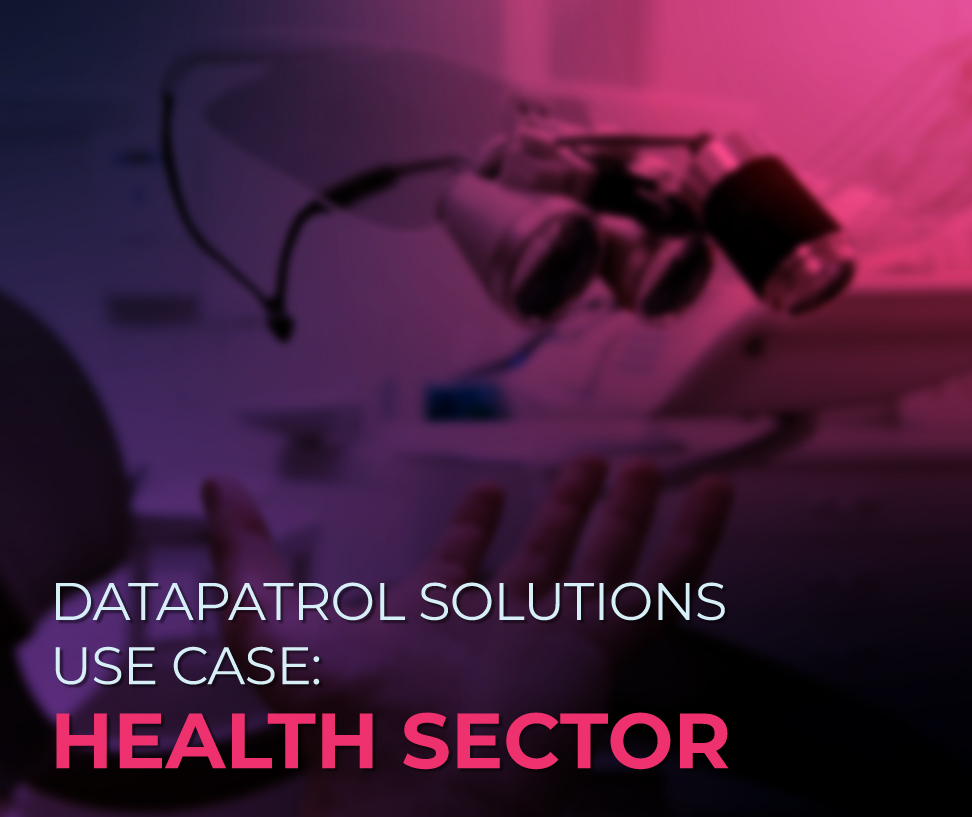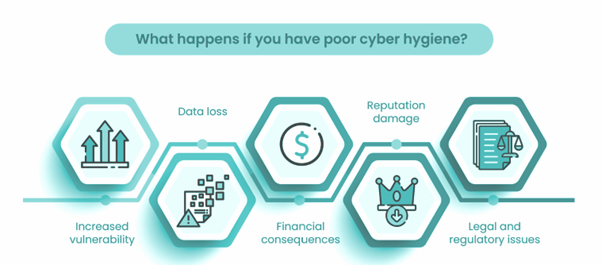
Resources
Top 7 cyber threats of the year – 2023!
As we stand on the cusp of a new year, the digital evolution continues to expand, presenting not only unprecedented opportunities but also escalating risks. Cyber threats loom larger than ever, with experts predicting a staggering global cost of $10.5 trillion due to cybercrime by 2025. Understanding and preparing for these threats is paramount to fortifying our defenses in the evolving cybersecurity landscape.
- Social Engineering: A Persistent Human Vulnerability
Social engineering is one of the most dangerous online threats. Cybercriminals use this technique to exploit human emotions and gain access to valuable information. They use various tactics such as phishing emails and pretexting calls to trick people into giving away sensitive data. It’s estimated that more than 75% of targeted cyberattacks begin with an email. Every day, cybercriminals send around 3.4 billion emails designed to look like they come from trusted sources. Phishing is a leading cause of data breaches, followed by the use of stolen credentials and ransomware. Approximately 36% of all data breaches involve phishing attacks. Therefore, awareness training and education are essential to prevent falling victim to these attacks.
- Third-Party Exposure: Fortifying the Weakest Links
In today’s interconnected world, vulnerabilities often arise from connections with third-party systems. Cyber attackers exploit these weak links, making it essential to thoroughly vet and monitor third-party vendors and partners. Recent surveys suggest that in the event of a data breach, almost one-third of all vendor relationships would be classified as high-risk. Furthermore, 80% of organizations surveyed last year experienced at least one data breach caused by a third party.
- Configuration Mistakes: Overlooking the Basics Can Lead to Catastrophe
Misconfigured systems can be an open invitation for cyber threats. Even a simple configuration oversight can lead to the exposure of sensitive data or provide entry points for attackers. Configuration errors often result in unauthorized access to sensitive information. Shockingly, nearly 73 percent of organizations have at least one critical security misconfiguration that could expose sensitive data, systems, or services to threat actors. To mitigate these risks, rigorous audits and regular assessments are essential.
- Poor Cyber Hygiene: Strengthening Our Digital Immune System
“82% of all cyberattacks involve human error, the human element remain the weakest link in cyber security”
“Cyber hygiene” refers to the set of practices and behaviors that individuals and organizations adopt to maintain a secure and safe digital environment. This includes a range of actions and precautions aimed at protecting digital assets, systems, and data from cyber threats and vulnerabilities. The goal of cyber hygiene is to minimize the risk of cyber-attacks and data breaches by promoting safe and responsible use of technology. Maintaining proper cybersecurity practices is vital for organizations. This includes promptly patching systems, enforcing strong password policies, and implementing multifactor authentication to cultivate a culture of strong cyber hygiene.

- Cloud Vulnerabilities: Navigating the Sky-High Risks
The migration to cloud services offers unprecedented scalability and efficiency but also introduces unique security challenges. In 2023, 39% of businesses were reported to have experienced a breach in their cloud environment last year, up from 35% the year before. Securing cloud environments demands specialized expertise and continuous monitoring to thwart potential breaches.
- Ransomware: Evolving Threats in the Digital Extortion Landscape
Ransomware continues to evolve, becoming more sophisticated and destructive. Its ability to paralyze businesses underscores the urgency of robust backup systems, employee training, and proactive defense mechanisms.
Key Ransomware Statistics:
- As of 2023, over 72% of businesses worldwide were affected by ransomware attacks.
- Ransomware is expected to cost $265 billion by 2031.
- 80% of companies that paid a ransom were hit a second time.
- In 2023, 84% of private sector organizations hit by ransomware reported that the attack caused them to lose revenue.
- Poor Data Management: Protecting the Valuable Digital Assets
Inadequate data management exposes organizations to various risks, such as data breaches and compliance issues. The amount of data generated by consumers doubles every four years, and approximately 328.77 million terabytes of data are created each day but more than half of that new data remains unused or unanalyzed. This surplus data creates confusion and makes data vulnerable to cyber-attacks. To protect valuable information, it is crucial to implement encryption, and access controls, and conduct regular data audits.
To tackle the imminent threats of cybersecurity, organizations should adopt a multifaceted approach. Defense strategy should be based on robust cybersecurity protocols, continuous employee training, regular system updates, and stringent data management practices. As we move forward into 2024, we must prioritize fortifying our digital defenses against these looming threats. By being vigilant, proactive, and adaptable, we can navigate the ever-changing cybersecurity landscape and secure our digital future.




